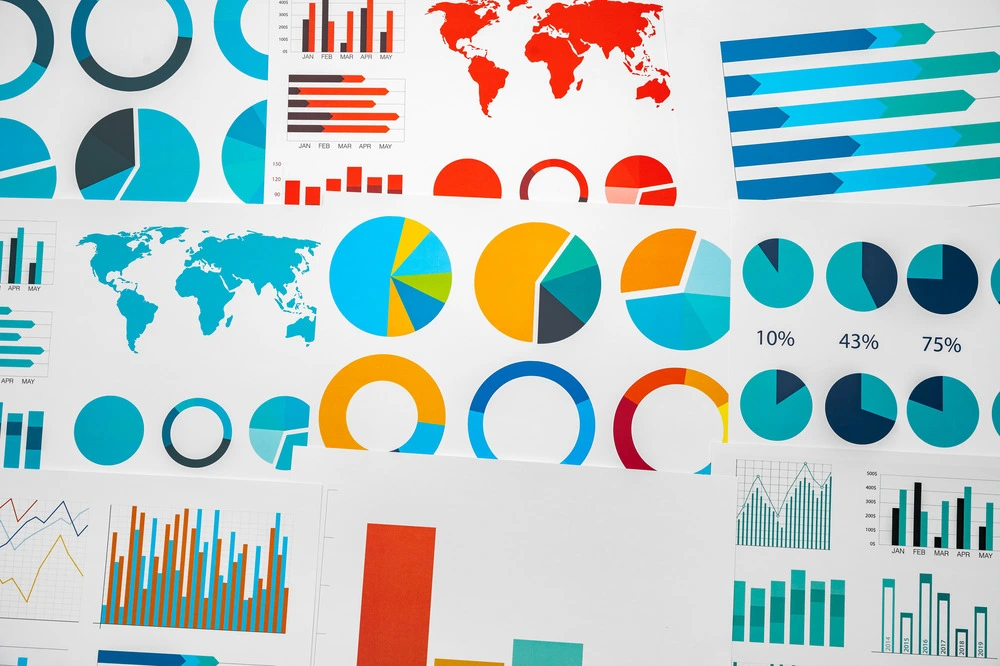


Reach out to us!
Start your AI journey today and let us help you understand your business better. Send us an email or book a meeting with one click!


Reach out to us!
Start your AI journey today and let us help you understand your business better. Send us an email or book a meeting with one click!
29th August 2024


Belle Williams
In the world of retail, data has become the most valuable asset for driving business success. As consumer behaviour continues to change, retailers need more than just intuition to stay ahead-they need precise, real-time, retail insights that can only be provided by advanced analytics. Enter AI-powered retail cameras, a revolutionary solution offered by Merlin Cloud, that is transforming the way retailers understand and serve their customers. These intelligent systems do more than just monitor store activity- they collect and analyse vast amounts of data, providing actionable retail insights that can enhance everything from inventory management to customer experience. In this blog, we explore how retail analytics, made possible by Merlin Cloud’s AI cameras, are enabling businesses to make smarter decisions, optimise operations, and ultimately, drive greater success in an increasingly data-driven marketplace.
Introduction
Overview of Different Types of Retail Analytics
Importance of Integrating Various Data Sources for Comprehensive Insights
How Computer Vision Enhances Retail Analytics
How Data-Driven Decisions Lead to Business Success
Conclusion
Type | Purpose | Example |
Real-Time Analytics | Provides immediate insights based on current data. | Merlin Cloud’s AI-powered retail cameras use real-time analytics to monitor customer movements, allowing retailers to adjust staffing levels on the fly or optimise store layouts for better traffic flow. |
Behavioural Analytics | Analyses customer behaviour to improve engagement and sales. | Customer journey mapping and conversion rate optimisation. By understanding the path customers take through a store, retailers can optimise store layouts to increase the likelihood of purchases. |
Predictive Analytics | Forecasts future trends and behaviours. | Demand forecasting and customer churn prediction. Retailers use predictive analytics to anticipate product demand during seasonal peaks, ensuring they stock the right amount of inventory to meet customer needs. |
Prescriptive Analytics | Suggests actions to take based on predictive insights. | Replenishment recommendations and dynamic pricing strategies. A retailer might use prescriptive analytics to automatically adjust pricing strategies in real-time to maximise profits during high-demand periods. |
Diagnostic Analytics | Helps understand the reasons behind certain outcomes. | Root cause analysis and correlation analysis. If sales dropped suddenly in a particular region, diagnostic analytics could help pinpoint whether the cause was due to inventory issues, a drop in foot traffic, or ineffective promotions. |
The ability for retailers to make informed decisions rely on having a comprehensive view of operations, customer behaviour, and market trends. This comprehensive view can only be achieved by integrating various data sources. By pulling together data from multiple channels, retailers can gain richer, more actionable insights that drive better decision-making across the board…
Merging data from inventory management systems, supply chain logistics, and sales forecasts allows retailers to streamline their operations. With integrated data, retailers can optimise stock levels, reduce waste, and ensure timely replenishment, thereby improving overall operational efficiency and reducing costs.
Access to data from diverse sources, including market trends, customer feedback, and competitive analysis, equips retailers with the insights needed to make more informed strategic decisions. Retailers can anticipate market shifts, respond more effectively to customer demands, and outmanoeuvre competitors by leveraging comprehensive data-driven insights.
Integrating real-time data from sensors, AI-powered cameras, and point-of-sale systems allows retailers to monitor store performance and customer behaviour as it happens. This real-time responsiveness enables immediate adjustments, such as optimising staffing levels or adjusting promotional displays, to better meet customer needs and maximise sales opportunities.
By combining data on customer traffic, sales performance, and employee productivity, retailers can make more informed decisions about resource allocation. This ensures that resources—whether they be staffing, inventory, or marketing budgets—are deployed where they will have the most significant impact, leading to more efficient and effective operations.
The integration of historical sales data, customer preferences, and external factors like weather patterns or economic indicators enhances the accuracy of predictive models. Retailers can better forecast demand, plan promotions, and manage inventory, reducing the risk of stockout or overstocking and improving profitability.
Companies that integrate data across the supply chain can improve order-to-cycle delivery by up to 30% .
Computer vision significantly enhances retail analytics by providing advanced, real-time insights into customer behaviour, store operations, and inventory management. By leveraging AI-powered cameras and image recognition technology, retailers can monitor foot traffic, track customer movements, and analyse shopper interactions with products. This data allows for more precise store layout optimisation, targeted marketing strategies, and efficient staff deployment. Additionally, computer vision aids in loss prevention by identifying potential theft or fraud and ensures shelves are adequately stocked by detecting when products need replenishment. Ultimately, the integration of computer vision into retail analytics enables retailers to deliver a more personalised, efficient, and secure shopping experience, driving both customer satisfaction and operational efficiency.

Data-driven decisions lead to business success by enabling organisations to make informed choices based on accurate and relevant information rather than relying on intuition or guesswork. By analysing data from various sources—such as customer behaviour, market trends, and operational performance—businesses can identify patterns, forecast future trends, and respond more effectively to changes in the market. This approach helps optimise operations, reduce costs, and enhance customer experiences, leading to increased profitability and competitive advantage. Furthermore, data-driven decisions allow businesses to mitigate risks by anticipating potential challenges and adjusting strategies accordingly. Overall, embracing a data-driven approach empowers businesses to make smarter, faster decisions that drive growth, innovation, and long-term success.
Businesses that adopt data-driven strategies can improve productivity by up to 33%
As the retail industry becomes increasingly competitive and consumer behaviour continues to evolve, the role of data in driving business success has never been more critical. The integration of advanced technologies like AI-powered retail cameras from Merlin Cloud is revolutionising how retailers gather, analyse, and act on data. Various types of retail analytics—ranging from real-time insights to predictive and prescriptive analytics—businesses can optimise operations, enhance customer experiences, and make more informed strategic decisions. The ability to integrate data from multiple sources further enriches these insights, allowing retailers to respond swiftly to market changes, improve operational efficiency, and ultimately, achieve greater profitability. Those who use the power of comprehensive analytics will be best positioned to lead, innovate, and succeed in the retail marketplace.